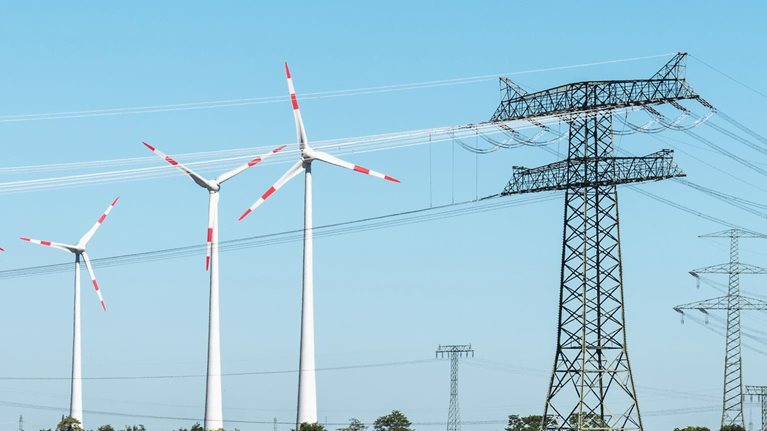The implications for the world economy of the Russian government’s invasion of Ukraine will become more visible in the coming weeks and months. Emergent economic conditions are briefly addressed at the end of the report, which is otherwise focused on the most recent economic data available prior to the invasion.
Much of the recent data show a growing global economy, but at a restrained pace due to rising inflation, supply chain bottlenecks, and effects of more recent pandemic restrictions. The Organisation of Economic Co-operation and Development (OECD) measured a drop in consumer confidence as inflation accelerated. Retail sales have been subdued globally, except in the United States, where spending is strongest, with purchases slowly shifting from goods to services. Notable, however, is that during the crisis, eurozone households retained significant currency and deposits, estimated at one thousand billion euros, representing a record level of disposable income.
Industry indicators, including the global purchasing managers’ indexes (PMIs) for services and manufacturing, reveal that growth slowed at the start of the new year, a result of the recent wave of COVID-19, driven by the Omicron variant. The OECD’s composite leading indicators generally corroborate expectations of slower growth in the months ahead.
In December 2021, world trade volumes, as measured by the CPB index, increased 1.1% (1.9% in November). Overall yearly growth in 2021 was 10.3%, bringing trade volumes significantly higher than prepandemic levels. China and emerging Asian countries especially benefited from the expansion, as trade in goods consistently overcame pandemic-related obstacles (Exhibit 1).

Unemployment rates have trended lower in most surveyed economies in recent months, except in India.
Consumer inflation continues to accelerate in the surveyed economies, reaching 7.5% in the United States, 5.1% in the eurozone, 6.0% in India, and 10.4% in Brazil. China, where consumer inflation is 0.9%, is the exception. Producer inflation has been very high, furthermore, exceeding 20% in the eurozone, Brazil, and Russia.
Commodity prices were rising even before the attack on Ukraine, at which point prices spiked. The gold price had dipped below $1,800 per ounce in late January but climbed well above that mark in February, even briefly exceeding $1,900 (Exhibit 2).

The invasion of Ukraine has mostly set energy prices surging; they were already rising as a result of slower OPEC output. The oil price (Brent) was near $60 per barrel on December 1 but climbed steadily thereafter, touching $100 in late February. The price of natural gas and coal have similarly climbed during this period (Exhibit 3).

Inflation expectations were easing (as implied from five- and ten-year spread between T-bill and TIPS of same maturity), with one Federal Reserve index of expected inflation (the St. Louis Fed’s five-year, five-year forward index) dropping to around 2%.
In the financial markets, most equity markets experienced losses or slower growth as well as higher volatility in January and February, a result of geopolitical tensions and uncertainty around central-bank interest rates. Prior to the invasion of Ukraine, the US dollar was depreciating slightly against most major currencies; it is now rising in value. The cost of capital, as reflected in rising yields for ten-year government bonds, has been trending upward (Exhibit 4).

The central banks of most surveyed economies have been hesitant to lift policy interest rates; Brazil and Russia are exceptions: Brazil hiked its Selic rate to 10.75% (that is, by 150 basis points) on February 2. The US Federal Reserve was expected to raise its rate, now near-zero, in March; the European Central Bank has not signaled an intention to raise interest rates at all, whereas the Bank of England made its second postcrisis policy-rate hike in February, to 0.5%, with a third rise expected in March.

WATCH
To a McKinsey Live webinar on 'The Ukraine war’s humanitarian and economic consequences' on Wednesday, March 30
The Russian government’s invasion of Ukraine and emerging economic implications
The immediate economic effects of the Russian government’s invasion of Ukraine, launched on February 24, were spikes in the prices of gold, crude oil, and natural gas, as well as stock-market losses. Investors globally sought safe haven in bonds, the dollar, the Japanese yen, and gold. US equities quickly regained initial losses and actually closed higher on the day of the attack; European stock indexes (such as the Stoxx 600) lost more than 3% in value but have since made some recoveries. Russia’s MOEX stock market suffered significant losses starting in mid-February. Economists and analysts are now attempting to calibrate longer-term effects, including on inflation and growth estimates.
The United States, the European Union, and G7 countries condemned the Russian invasion and have begun issuing sanctions targeting the Russian economy and prominent business and government figures. The German government also suspended the approval process for the Nord Stream 2 gas pipeline from Russia. Russia is the European Union’s main supplier of natural gas, crude oil, and solid fossil fuels—types of fuel that produced most EU energy in 2019. Another area of concern is wheat and other grains; nearly one-quarter of the world’s wheat supply is produced in Russia or Ukraine. No US–EU sanctions apply to Russian grain exports as of today. Russia has amassed large gold and currency reserves, much of it yuan-denominated. Russia signed agreements in February to supply China with more grain and natural gas.
Would you like to learn more about the McKinsey Global Institute?
McKinsey’s Global Economics Intelligence (GEI) provides macroeconomic data and analysis of the world economy. Each monthly release includes an executive summary on global critical trends and risks, as well as focused insights on the latest national and regional developments. The reports are available for free to email subscribers and through the McKinsey Insights app. To add a name to our subscriber list, click here. GEI is a joint project of McKinsey’s Strategy & Corporate Finance Practice and the McKinsey Global Institute.


